When the hustle and bustle of the Christmas and New Year holidays are behind us, our thoughts often turn to spring and a longing for the flowers it brings. While many of you are already somewhat familiar with forcing bulbs and branches of woody plants, it's likely a few might not be as familiar with the woody plants as they are with bulbs. I'll try to give a little overview on how to force twigs and branches mixed with some of the science that drives it. I've posted this before, but its the right time of year to be thinking about it, besides, we're prolly itching for an excuse to get the pruners out!
Branches clipped from flowering trees and shrubs can easily be forced into bloom. Trees and shrubs that bloom early in the spring form flower buds the previous fall before dormancy. Successful forcing depends on the type of plant, cultivar, stage of dormancy, and temperature. Plants begin preparing for dormancy as soon as the length of night becomes longer than day length, around June 21. Most of you probably didn't know it's actually the increasing length of the NIGHT that moves plants toward dormancy, not decreasing day length (it's a technical issue). Changes in growth habits after the summer solstice include an increase in directing energy to newly forming buds and storing energy in roots and cambial tissues. As nights grow longer and temperatures fall, leaves drop and the plant is moved to dormancy. During true dormancy, the tree is in a deep state of rest and protected from cold. The mechanism by which the plant is released from it's dormant stage is an accumulation of chill units or roughly - hours of cold temperatures between freezing and 45* F. Different plants require different amounts of chilling, but most growing in MI need from 1000 - 2000 chill units (or hours). Once chilling, sufficient to release the plant from dormancy has occurred, the plant is capable of beginning growth - usually after several consecutive days of temperatures near 50*. By mid-January, most temperate plants have had sufficient chilling and are technically no longer dormant. This stage is often called a period of quiescence, or quiet. It is in this period that woody branches should be cut for forcing. Those that are cut too early will perform weakly with unimpressive displays.
Select the younger, more vigorous branches which will have a larger number of flower buds. Flower buds are usually larger and rounder than leaf buds. If you have trouble telling the difference, cut a few buds open and look for flower parts. Some fruit trees bear flowers on short fruit spurs. Watch for these on apples, pears, and ornamental crab apples. Select branches at least 12 inches long, and prune them flush with the trunk or main branch. By pruning small branches flush, the wound will heal over quickly, with little danger of insect or disease damage. Be sure to use sharp pruning shears or your concave bonsai cutters to minimize damage. Once the branches have been cut, bring them indoors and place the stem ends in water immediately; or better, totally submerge the branches in room-temperature water overnight. A washtub or bathtub works well for this. This soaking allows the branches and buds to begin to break dormancy. Following this, place the branches in a bucket of water. Water may need to be changed occasionally to prevent it from becoming foul. Another method, if soaking is not possible, is to place the cut ends of the branches directly into buckets of water and mist the branches frequently for the first few days. Better, would be to wrap a piece of damp burlap around the branches to help maintain high humidity.
After spraying or soaking, the branches are ready for forcing. The branches should be placed in a relatively cool place (60 to 65 degrees F.) to develop. Higher temperatures will cause the buds to develop more rapidly, but size, color, and quality of blooms might be sacrificed. Along with higher temperatures often goes lower humidity, which may cause buds to dry out and fall off. Branches need light for forcing, but not direct sunlight. Heat from direct sun is too intense. If you remember the springtime conditions when these plants bloom naturally, it will be easy to remember the conditions they need.
How can branches, completely isolated from roots, be forced to give up their blooms? As the plant goes from dormancy to quiescence, root activity increases and stored energy (photosynthate, in the form of starches) is moved upward where it adds to the concentration already stored at the base of each bud. As a water supply is introduced, a complicated chemical process begins, turning starch into usable energy. Turgidity increases, cells elongate & the bud opens.
To help the buds open and keep them from drying, mist the branches occasionally during the forcing period. The closer to spring that branches are forced, the shorter the time required until bloom. When the flower buds are well developed and starting to show color, remove the branches from the bucket and arrange them in your choice of container. Branches that are removed from the buckets at this stage are less likely to have bruised and broken flowers. Arranging the branches at this stage also allows the enjoyment of watching the flowers open. The branches should be kept in a bright, but not sunny location and will last longer if they can be moved to a cool (40 to 50 degrees F.) location at night.
Some common woody plants you can force:
Red Maple
Alder
Service berry
Quince
Hawthorn
Forsythia
Witch Hazel
Use your imagination. Almost anything in the landscape that has showy blooms in the spring can be forced. This weekend is a perfect time to get outdoors & moving around ..... and thinking of SPRING!
Al
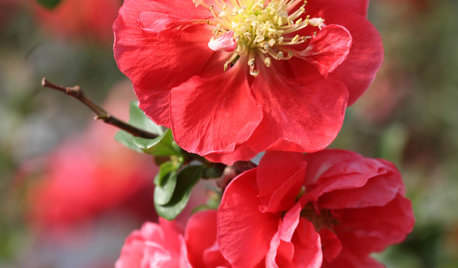
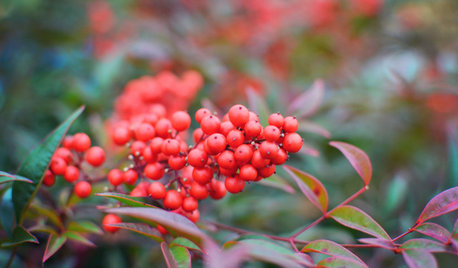
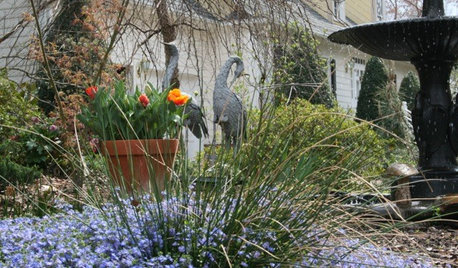
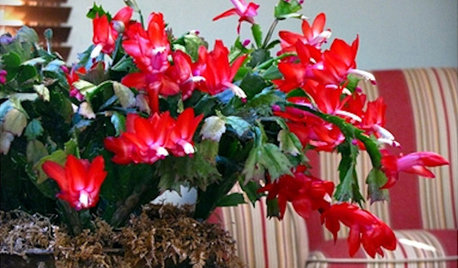
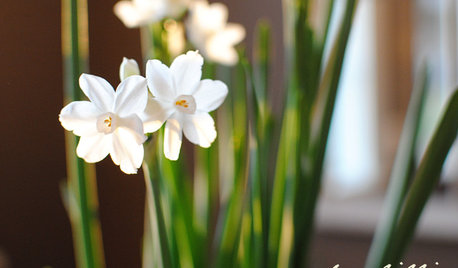















gravyboots
jodik_gw
Related Professionals
Deer Park Landscape Architects & Landscape Designers · Seabrook Landscape Architects & Landscape Designers · Lakeland Landscape Contractors · Choctaw Landscape Contractors · Duarte Landscape Contractors · Las Vegas Landscape Contractors · Lebanon Landscape Contractors · National City Landscape Contractors · Newberg Landscape Contractors · Suitland Landscape Contractors · San Pablo Landscape Contractors · Bensenville Landscape Contractors · Jacinto City Interior Designers & Decorators · Fountain Hills Interior Designers & Decorators · Rockland Interior Designers & Decoratorskaktuskris
jodik_gw
tapla (mid-Michigan, USDA z5b-6a)Original Author
kaktuskris
rhizo_1 (North AL) zone 7
jojosplants
goren
Loveplants2 8b Virginia Beach, Virginia
tapla (mid-Michigan, USDA z5b-6a)Original Author
meyermike_1micha
tapla (mid-Michigan, USDA z5b-6a)Original Author
breenthumb
tapla (mid-Michigan, USDA z5b-6a)Original Author
jodik_gw
meyermike_1micha
Tiffany, purpleinopp Z8b Opp, AL
tapla (mid-Michigan, USDA z5b-6a)Original Author
rosebuddy
Paul MI